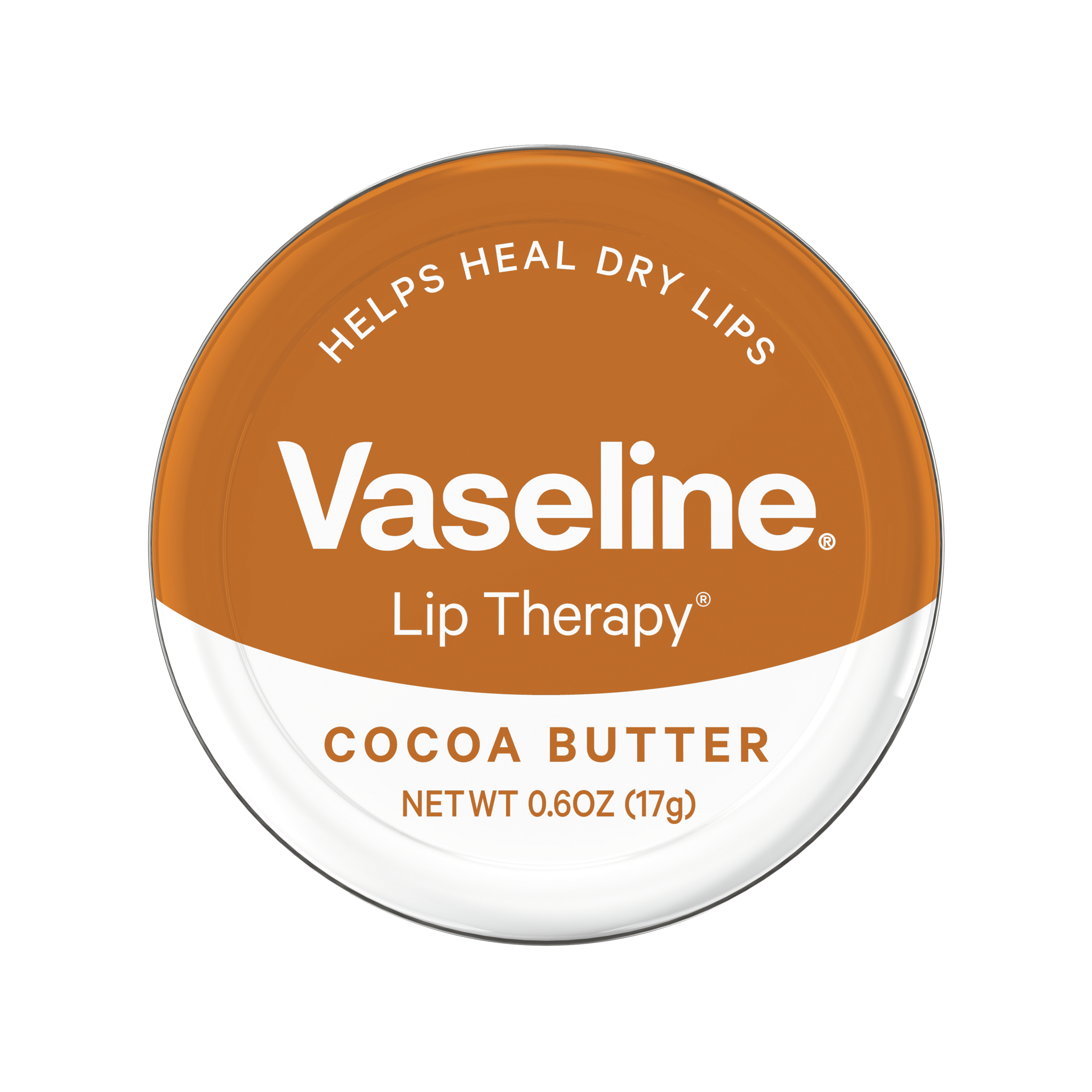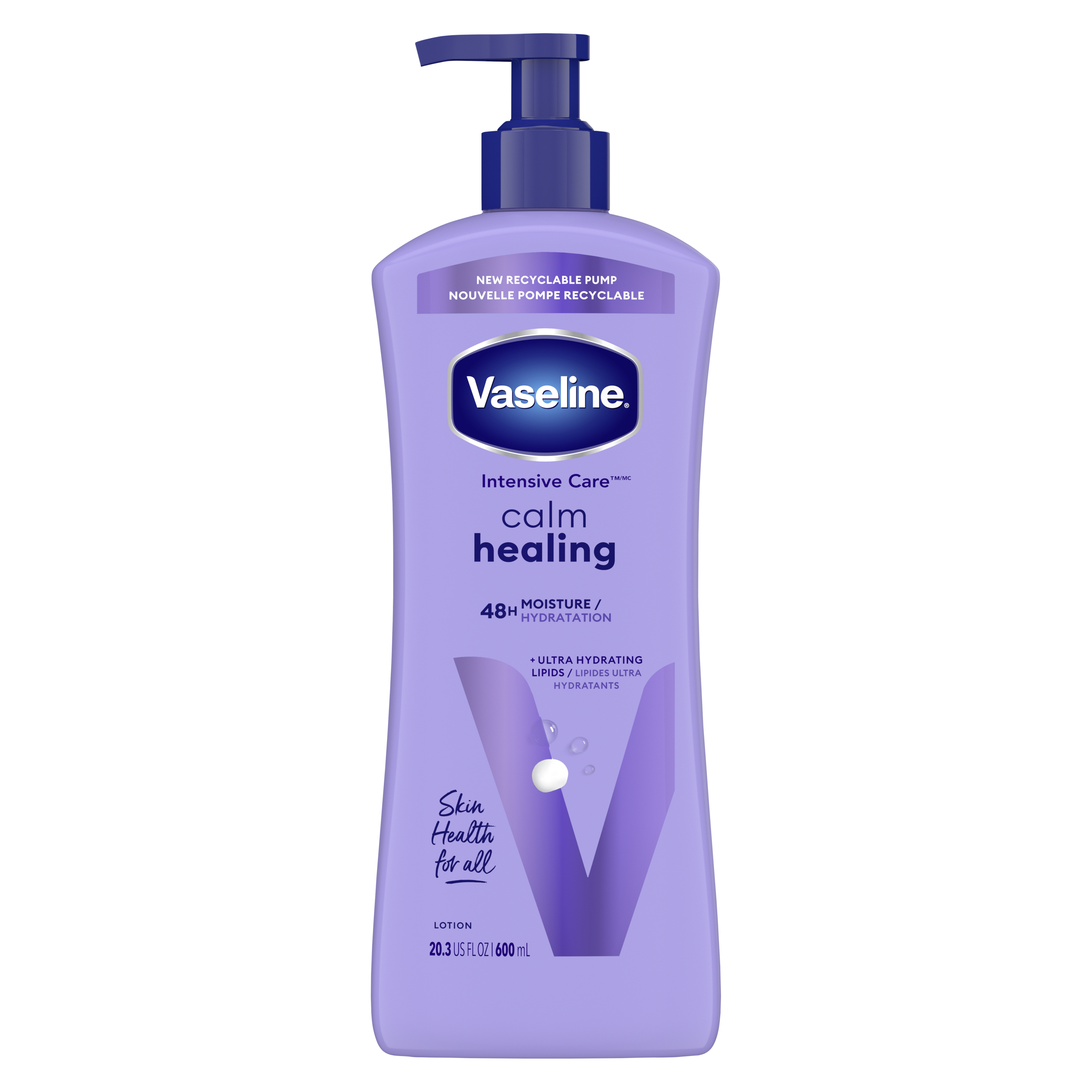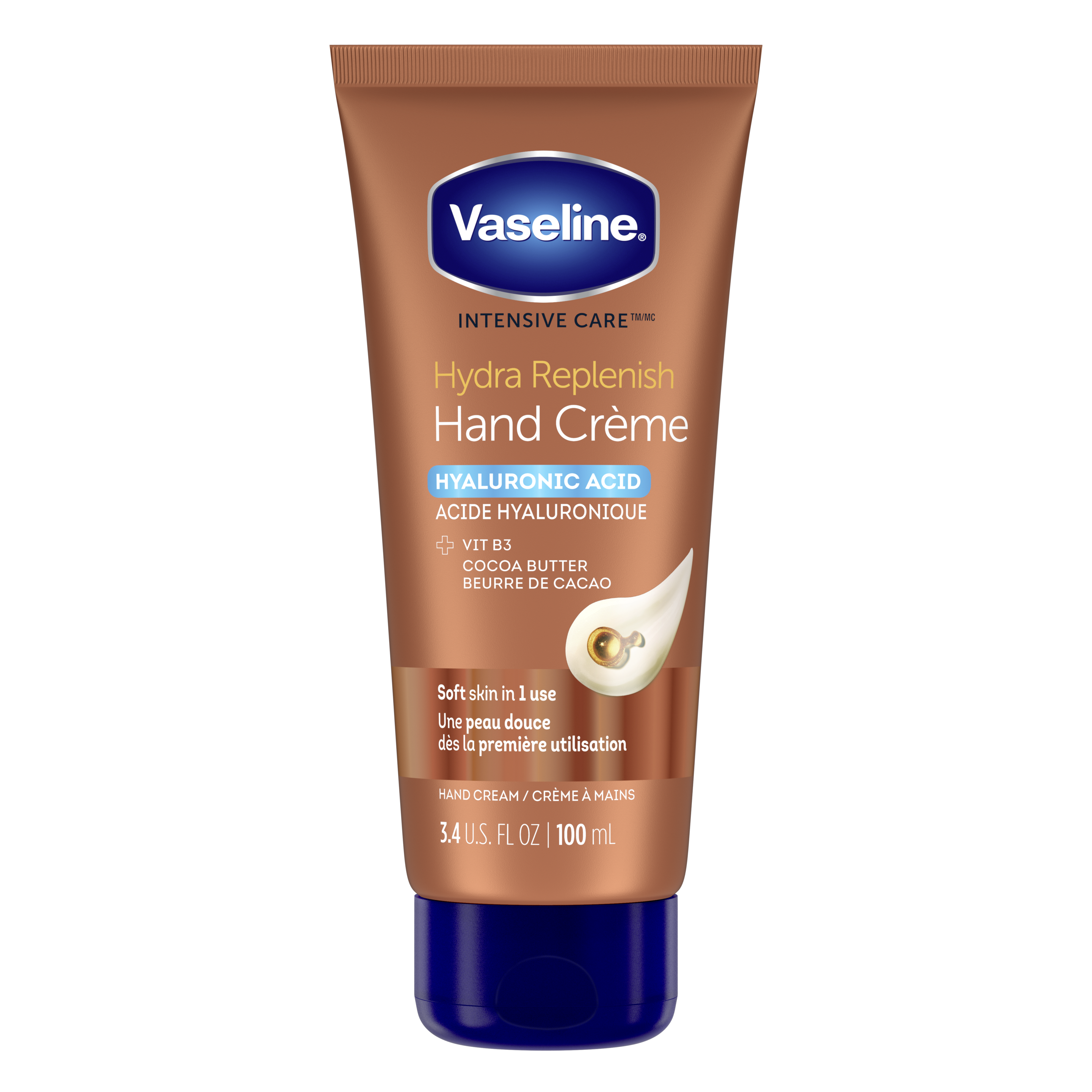Skip to content
Each skin type has its challenges, and finding suitable and effective products is key to caring for it correctly. If you suffer from dry and itchy skin, listen up! Our product experts have designed the best dry-skin-care routines to help you keep your skin moisturized and protected from head to toe. Plus, dermatologists Dr. Mona Gohara and Dr. Shari Marchbein weigh in with their top tips.
This article will cover:
The best skin-care routine for dry skin
When it comes to caring for dry skin, you must pay attention to what products you use and when you use them. To help get you started, we’ve created skin-care routines for your face and body below.
Morning skin-care routine for dry skin on the face
Step one: Cleanse
Set your day off to a good start by washing your face. This may seem obvious, but this crucial first step is key to getting your skin fresh and ready to absorb your skin-care products. Dr. Gohara recommends using a “hydrating, non-soap cleanser that will deposit moisture as it does its job. Bonus points if ceramides or other skin-identical lipids/proteins are on the ingredient list.” Stripping soaps are a big no-no, as they can cause even more dryness.
Step two: Apply vitamin-rich serums
After cleansing your face, nourish your skin even further by applying serum. Skin serums are highly concentrated products designed to dose the skin quickly and intensely with nourishing nutrients. Experts at Harvard Medical School recommend serums containing vitamin E, vitamin C and the antioxidant ferulic acid.
Step three: Moisturize
Lock in the moisture you’ve given your skin so far with a dry-skin-friendly moisturizer. Dry skin usually needs something more nourishing than your normal moisturizer, even when it comes to your day cream. Dr. Gohara recommends seeking moisturizers containing, “humectants like glycerin and hyaluronic acid; occlusives such as petroleum jelly or squalene; and emollients such as shea, or cocoa butter,” for optimum moisturization.
Step four: Protect with SPF
Applying SPF daily is essential to protect your skin from the damaging effect of UVA and UVB rays, as well as avoiding the drying effects of the sun. Boston Medical Centre Dermatologist, Christina Lam, recommends that you look for a sunscreen that also contains moisturizer with a factor of 30 or higher. And make sure you reapply every 2 hours.
Night skin-care routine for dry skin on the face
Step one: Remove makeup
After a long and busy day, it’s time to treat your skin one last time before bed. The first step is always cleansing, but this time with Micellar water or a gentle cleanser designed to remove makeup and sunscreen.
Step two: Apply serums
After you’ve removed your makeup, hydrate with serums containing ingredients like hyaluronic acid and peptides that will help you keep moisture in. If your skin is extremely dry, avoid retinoids like retinol, which could undermine your efforts and dehydrate your skin.
Step three: Moisturize
You must never skip your moisturizer, especially at night when the skin enters its recovery phase. Apply generously and choose a thicker formula that contains ingredients such as ceramides, silicones, and oat lipids.
Step four: Slugging
If you want to seal in all that moisture overnight, it’s time to slug! Slugging is a much-loved technique of dermatologists across the globe that can help lock hydration into dry skin. Dr. Marchbein is a big fan: “I especially love to use the slugging technique at night-time, since we lose the most heat and moisture from our skin overnight. It helps prevent and treat dry, chapped lips and dry eyelids.”
How do you do it? Apply a thin layer of Vaseline® Jelly after all of your other skincare products, leave it on overnight, and wash it off with a gentle cleanser in the morning. It is especially effective in the winter and can also benefit aging and sensitive skin.
Also, if you’ve got dry skin on your lips, opt for a nourishing lip balm with ingredients like cocoa butter, aloe vera and Vaseline® Jelly.
Skin-care routine for dry skin on the body
Step one: Wash gently
The path to hydrated skin starts in the shower. Dr. Gohara recommends taking short showers lasting around 5–8 minutes that are warm (not hot) and swapping harsh soaps for gentle cleansers.
Step 2: Time (and towel) it right
It’s best to hydrate your skin within 5 minutes after bathing. “You should pat, and not rub the skin dry with a soft cotton towel and then apply your favorite moisturizer. This locks in the ambient humidity and the water from slightly damp skin,” says Dr. Gohara.
Step 3: Change your moisturizer with the seasons
Lotions are lighter than creams and are great for the warmer summer months, whereas creams are heavier and more suited to the cold of winter when your skin is driest. What’s most important is the ingredients that they contain. Keep your eye out for dry-skin-friendly ingredients like glycerin, hyaluronic acid, Vaseline® Jelly, squalene, shea butter and cocoa butter.
Dr. Gohara recommends any lotion from our Vaseline® Intensive Care™ Range. These nourishing lotions have been boosted with Ultra-Hydrating Lipids that can help provide up to 90% more moisture, and “work on the skin to replenish its own ceramides for a strengthened skin barrier.” Also, make sure to pay special attention to your head, elbows, knees, and feet as they often get left out.
These three steps are essential when it comes to caring for dry skin but keep reading for some extra advice from Dr. Gohara on what NOT to do.
What can worsen dry skin?
- Fragrance: Fragrances can sometimes irritate dry skin. Not everybody will react to them (most people don’t) but it’s worth keeping your eye out for any reactions.
- Dry air: Dry air indoors and outdoors can affect dry skin and make it worse. Always have some moisturizing cream at hand, and, if you can, get an air humidifier for your house.
- Inadequate hydration: It shouldn’t come as a surprise that your water consumption is important when it comes to dry skin. And a study by Clinical, Cosmetic and Investigational Dermatology has revealed that the more you drink, the more your skin will be hydrated and happy.
- Over-exfoliating: While exfoliating your skin can be great for removing dead skin cells, problems can occur if you do it too much. “Overuse of chemical or mechanical exfoliants can be a one-way ticket to “Drysville.” Respect the barrier, and do not scrub off healthy skin cells,” says Dr. Gohara.
What causes dry skin?
There are several causes for dry skin. At the top of the list is aging, as our skin’s ability to produce and retain sebum decreases as we get older. Cold outdoor and indoor temperatures can also affect the quality of our skin as the air holds less moisture. Other causes of dry skin include:
- vitamin- and mineral- deficiencies, like vitamin A, iron and zinc
- certain medications
- skin conditions like psoriasis and contact dermatitis
Dry skin can improve if you stick to a good skin-care routine. Remember that ‘less is more’ when it comes to the best dry skin care routine for dry skin. Focus on high-quality products like (moisturizers, cleansers, and SPF) and establish a skin care routine you can stick to daily for the best results.
FAQs
What are the dos and don'ts for dry skin?
Do: stay hydrated (drink enough water daily), moisturize twice a day, choose the right makeup for your skin, apply SPF throughout the day, and use gentle cleansers.
Don’t: take long, hot showers, over-exfoliate, or use moisture-stripping soaps
What products are bad for dry skin?
The American Academy of Dermatology Association recommends avoiding skin-care products that contain:
- simple alcohol (excluding cetyl alcohol, which can help dry skin)
- retinoids
- alpha-hydroxy acid (AHA)
- fragrance, if your skin tends to be irritated by them
Why is my skin so dry even when I moisturize?
You may be using the wrong type of moisturizer, so make sure you choose one suitable for dry skin containing ingredients like hyaluronic acid and glycerin. You could also be using a cleaner that is too harsh for your skin, so opt for gentler solutions. Finally, make sure you're getting enough hydration by drinking water and consuming a balanced diet.
Does Vaseline® help dry skin?
Petroleum Jelly, the key ingredient in Vaseline® products, is backed by dermatologists for treating dry skin. You can apply our original Vaseline® Healing Jelly Original on your skin, lips and eyes to relieve itchy and dry skin symptoms. Plus, we have a full range of other products, including lotions, lip balms, gels, and more to help tackle your dry skin.
These articles provide general tips and information about improving skin health. They have been written by health and beauty writers. They have not been written by health care professionals and, as such, don’t constitute medical advice. If you have a serious skin condition, please consult a medical professional.















